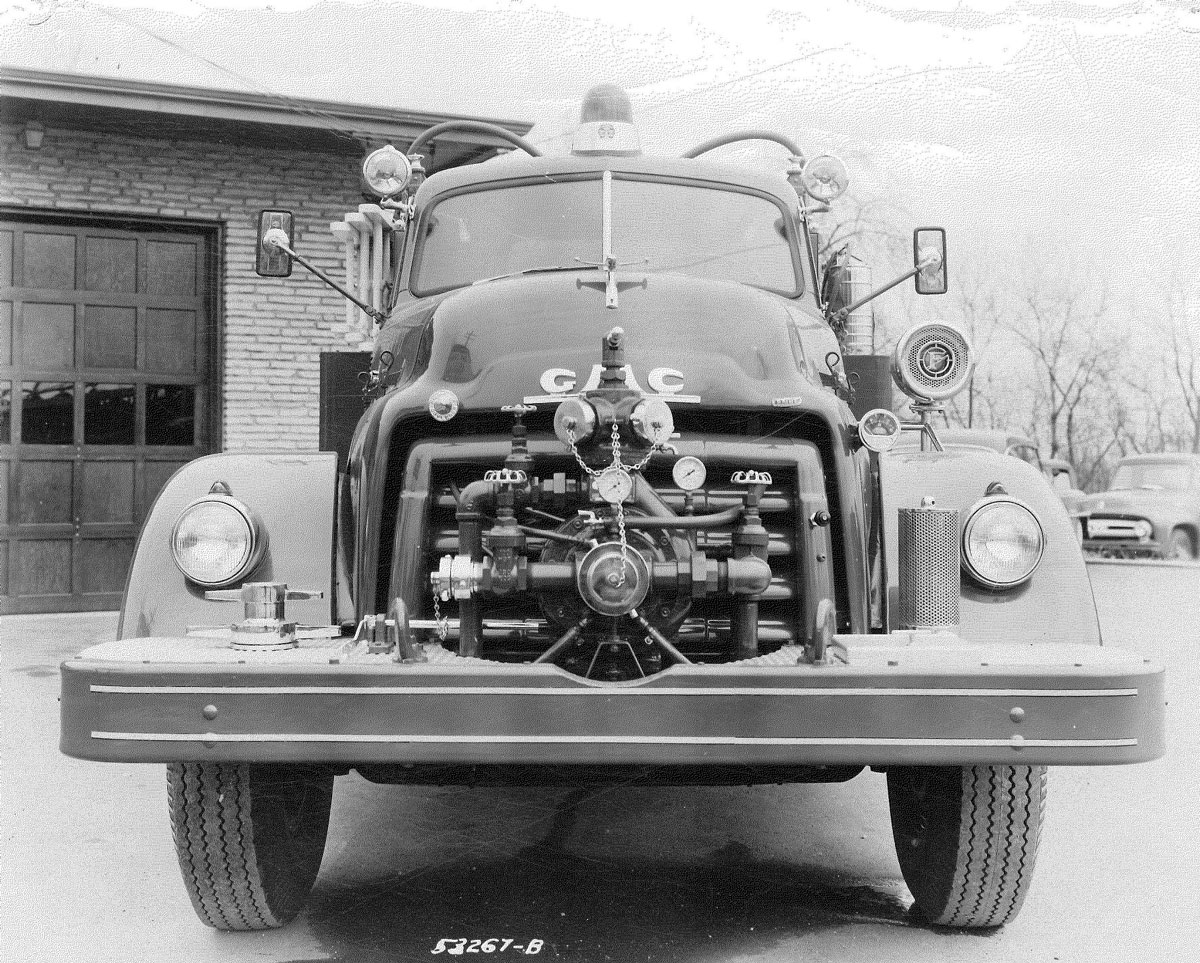Over the years, the township implemented many improvements within the department, including the remodeling of station facilities into more functional facilities, and the acquisition of additional specialty equipment, such as a rescue van and a water rescue and recovery trailer. The township has also updated its advanced mobile medical units and policies affecting medical personnel, and has provided extensive emergency training programs and pay incentives for EMT employees receiving certifications. The township has upgraded its hiring procedures by employing only certified paramedics, and requiring entrance exams and eligibility tests.
The Truro Township Fire Department operates three Emergency Medical Services (EMS) Vehicles: Medic 161, Medic 162, and Medic 163.
The township equips its medic units to treat advanced life support emergencies, such as heart attacks, chest pain, shortness of breath, strokes, and other life-threatening emergencies. Each vehicle is staffed by two members of the EMS team.
In 2003, there were over 3678 EMS runs handled by the paramedics from Truro Township.
In 2010 there were 4789 EMS runs and 1009 fire runs.
In 2019 there were 6423 EMS runs and 1131 fire runs.
The township provides EMS personnel with extensive continuing education to sharpen knowledge and skills in lifesaving procedures, including:

Its first Fire Chief was Vinton H. Raymer. Since the department initially had no firehouse, Chief Raymer's garage became a temporary firehouse. In May, 1938 the township broke ground for the first firehouse on Main Street, across from State Route 256 and Connell's Hardware.
The cost of the building was financed strictly from donations, while the Gail Landrum Construction Company donated the bricks. For the first fire station, the township purchased a new 220-volt siren, which alerted firemen living two to three miles away of a fire or emergency.
The department's first piece of firefighting equipment was a 99 horsepower truck capable of discharging 500 gallons of water a minute.
Left to Right: Niel Graham, Pete Ashton, George Compton, Bryant Slack, Bill Damsel, John Cobel, Rex Whitehead, Bert Ebright, Wally Hempstead, Harold VanSchoyck, Gib Barrett, Dan Compton, Harold Montgomery, John Schwartz and Ezra Stapleton. Chief Vinton Raymer is in the white hat and coat.

The Truro Township trustees purchased one of the first resuscitators in Franklin County at a cost of $439. It was used for respiratory emergencies such as drowning, gas poisoning, and heart attack.

John Cobel became the township's second Fire Chief. He installed a new alerting system, which entailed the installation of phones in the firehouse, in Chief Cobel's home, and in the funeral home across the street from the firehouse. During the day, the township depended on the funeral home to answer the fire phone, while at night Chief Cobel or his wife took fire calls at home. On weekends, firemen on duty at the firehouse answered the calls.
The Fire Department increased its ability to serve the growing community by building a new firehouse twice the size of the older one. The department also purchased a new 1947 International pumper truck that discharged 500 gallons of water a minute and acquired its first emergency squad vehicle.
The township built its second fire station, located on Brice Road in the Village of Brice. The new station provided better protection for residents living in the township's southwest corner. The department acquired a new 1962 Ford pumper capable of discharging 750 gallons a minute. In 1963, the township purchased a GMC emergency squad vehicle.

John Knight was appointed the township's third Fire Chief. During his administration the department purchased new helmets, boots, and canvas fire coats for all the firemen. Up until that time, the firemen wore old rubber coats used when the fire department was first established.

The department purchased a Mack fire truck for $35,000 with pump capacity of 1,000 gallons a minute. The township also updated its alerting system. Each volunteer fireman wore a radio, which alerted them to a fire or emergency.

Six full-time firefighters were hired at $7,200 a year, the department's first full-time employees. By this time, the township required all firemen to complete a 60-hour training course. By 1974, the staff had increased to 12 full-time employees.
Station 161 was tore down to be replaced with a new station. That station was an old grocery store that was converted to be a fire station and was lacking many modern necessary features that fire stations now require. During the rebuild all firefighters responded out of Station 162 located on Livingston Ave.
In March because Station 161 was not rebuilt yet and the Covid-19 pandemic was getting worse a decision was made to split the stations up in case of an outbreak. Members assigned to Station 161 moved out of Station 162 and in to the newly built Reynoldsburg Community Center (YMCA). The Community Center was shut down because of the pandemic but firefighters operated out of it 24 hours a day while safely distancing crews to better increase the departments odds of keeping healthy as possible. This was only temporary for a few months until Station 161 reopened.